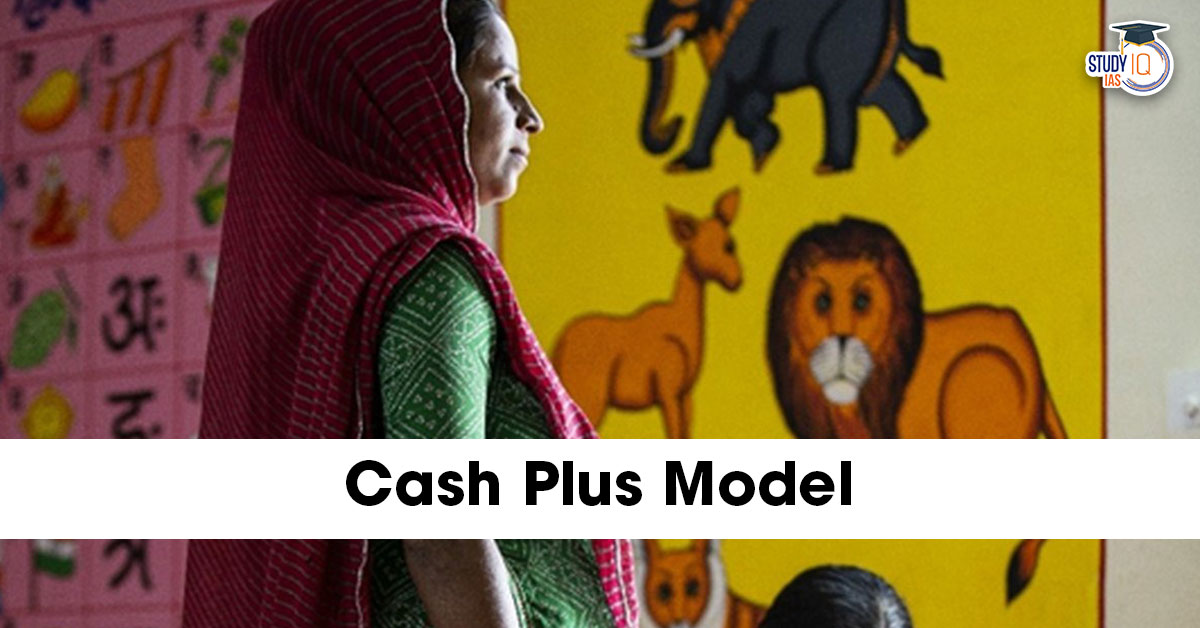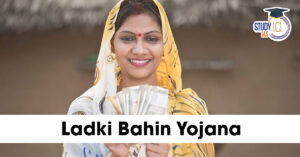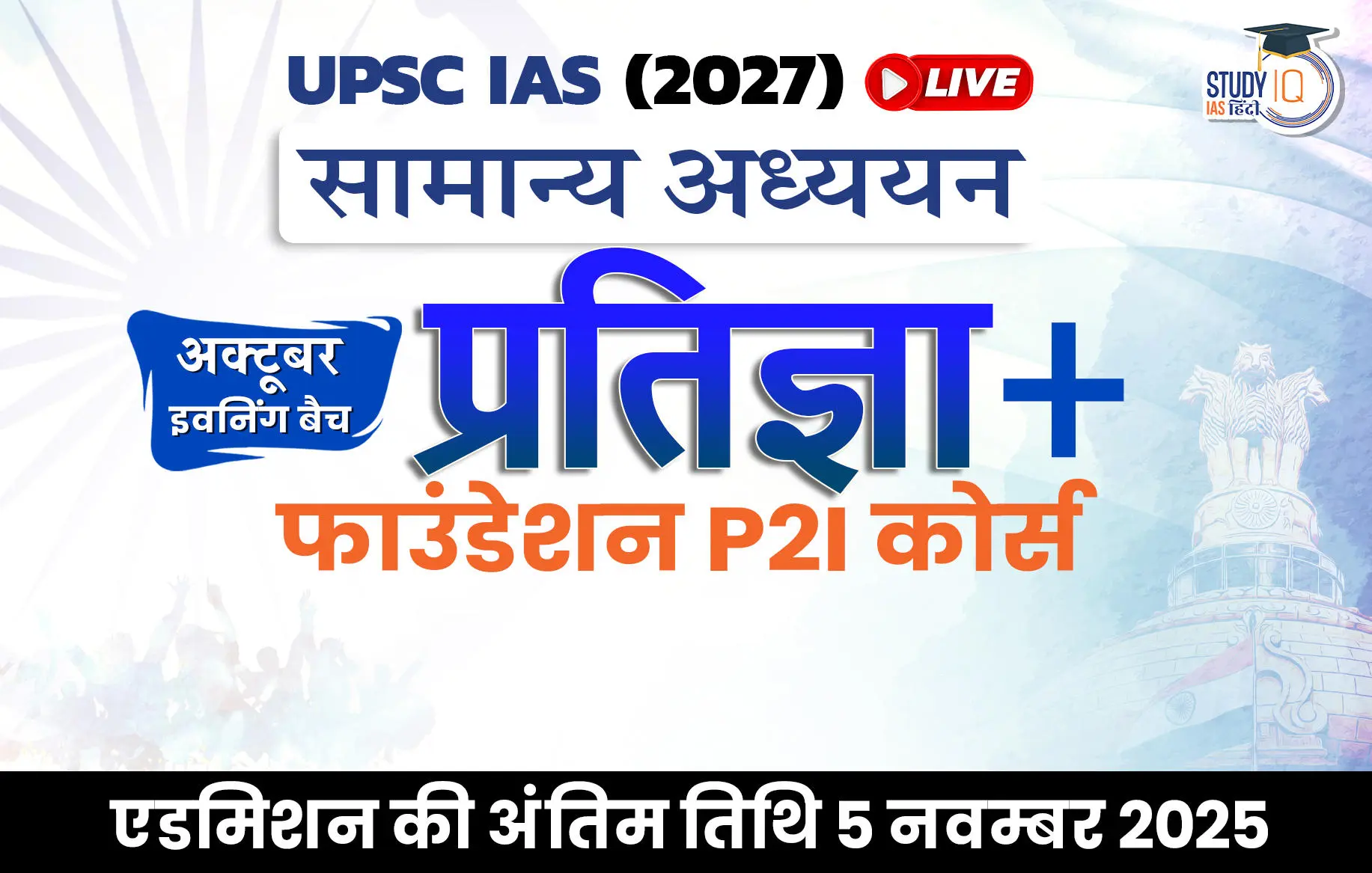Table of Contents
Context: Rajasthan released the report of the Cash Plus Model.
What is the Cash Plus Model?
- Cash Plus Model is a state-led pilot project in Rajasthan, launched in 2020.
- Combines Direct Benefit Transfers (DBT) with Social and Behaviour Change Communication (SBCC) to improve maternal and child nutrition.
- Augments the existing Pradhan Mantri Matru Vandana Yojana (PMMVY).
- Targeted in five tribal districts—Baran, Banswara, Dungarpur, Pratapgarh, and Udaipur.
- Provides cash support, home visits, nutrition counselling, and group sessions for pregnant and lactating women.
Note*: Includes support for second-time mothers as well.
Key Highlights of the Rajasthan’s Cash Plus Model Report
- A new report card shows significant success of the model:
- 49% rise in early breastfeeding (now 90% of newborns).
- 44% of women are more receptive to home-based counselling.
- 49% improvement in dietary diversity.
- 54% more women are using cash for nutrition.
- Over 3 million women have benefited since the scale-up in 2022.
- The model is already driving positive changes in diet, registration, check-ups, and community health engagement.
- It is being seen as a successful, scalable model for other Indian states.
Rajasthan’s Cash Plus Model
The Rajasthan Cash Plus Model is a pioneering welfare program that seeks to dramatically enhance maternal and child health and nutrition results by integrating Direct Benefit Transfers (DBT) with robust Social and Behaviour Change Communication (SBCC). It’s India’s first state-led pilot program.
Key Objectives and Achievements
The key objective of the Rajasthan Cash Plus Model is to decrease malnourishment among infants and mothers. A latest report card (June 2025) on its rollout has indicated major achievements:
- Increased Early Breastfeeding: A Significant 49% increase in early breastfeeding, which now reaches 90% of infants.
- Improved Receptivity to Counselling: 44% of women were more open to home-based counselling.
- Dietary Diversity: Improved dietary diversity among pregnant women by 49%.
- Targeted Cash Use: 54% more women are targeting the use of the cash on nutrition, showing how successful the SBCC has been in directing expenditure towards health.
- Enhanced Affordability and Access to Nutritious Foods: 80% of women claimed improved affordability and access to nutritious foods.


 Mukhyamantri Majhi Ladki Bahin Yojana, O...
Mukhyamantri Majhi Ladki Bahin Yojana, O...
 PM MITRA Parks, Objectives, Key Features...
PM MITRA Parks, Objectives, Key Features...
 Rashtriya Gokul Mission (RGM), Objective...
Rashtriya Gokul Mission (RGM), Objective...
























